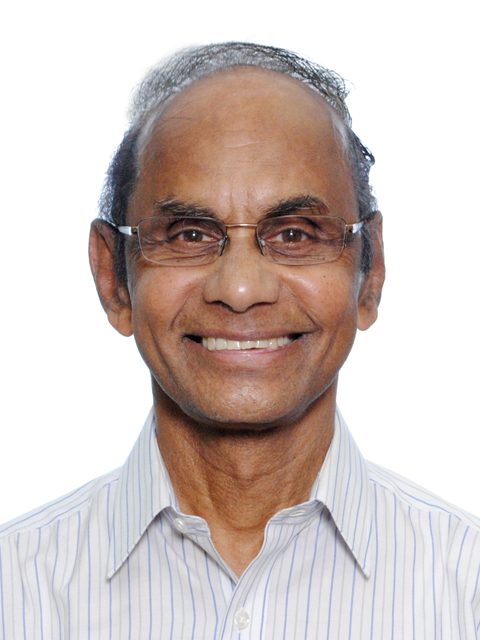/ Multiculturalism and social integration are vital constructs with similar ramifications in Singapore and New Zealand.
Multiculturalism and social integration are vital constructs with similar ramifications in Singapore and New Zealand.
Both countries emphasise the need for social cohesion and tolerance between various communities to facilitate closer interaction and integration for national progress and social and cultural development.
Multiculturalism is a cardinal tenet laid down by the founding fathers of Singapore with its importance enshrined in the Constitution. Singapore makes sincere efforts to manage the ideals of multiculturalism, celebrating cultural diversity.
Two-way relationship
Integration is two-sided, because its success depends on reciprocity and sincerity. In Singapore’s context, locals welcome socialising with foreigners living and working in the country and promote greater understanding. They expect non-Singaporeans to reciprocate and involve them in their activities.
As a starting point, expatriates, whether in Singapore or New Zealand, should consider the host country as their home and contribute towards its progress and harmony with commitment. Likewise, locals should set aside negative perceptions and stereotyping foreigners who come to live and work in their midst.
Common destiny
To maintain harmony and cohesiveness, it is imperative that the majority and minority communities should embrace the value of ‘otherness’, so much so that “us and them” does not mean “us versus them.”
Multiculturalism, rightly understood, is premised on the notion that foreigners and locals have much to learn from each other’s traditions and values.
One sure way for greater social cohesion is to practice tolerance, but more importantly, learn to appreciate each other’s lifestyles, festivals, practices and social norms. Understandably, this vital ingredient for integration is not achieved overnight but through concerted efforts and positive interaction over the years.
Cultural confluence
The Singapore Indian Orchestra and Choir recently staged a fund-raising performance titled ‘Taj Mahal,’ which, apart from recreating a golden era, witnessed multi-cultural ensembles that included Chinese and Malay musicians, benefitting all cultural groups resident in the country.
I believe that Singapore and New Zealand should expand the settings of public life where people with dissimilar backgrounds, cultures and viewpoints meet and become comfortable in each other’s presence.
As adults, we should deal with human diversity, including ‘otherness’, in trusting and trustworthy ways. In homes and classrooms, for example, we should help youngsters to appreciate conflicting viewpoints in a way that opens them to a larger worldview.
In all these ways, we can initiate a capacity to create community.
In a pluralistic society such as Singapore and New Zealand, community rarely comes tailor-made. There are many ways to plant and cultivate the seeds of community in our lives that can open us to new understandings of our societies and the world, enhancing our lives and those of others.
We must remind ourselves that as a nation of many races, cultures and creeds we are all in this together.
Racist mindsets and attitudes have no place in our respective societies.
Dr V Subramaniam is our Singapore Correspondent. Read our editorial, ‘The Dark side of multiculturalism’ under Viewlink.




